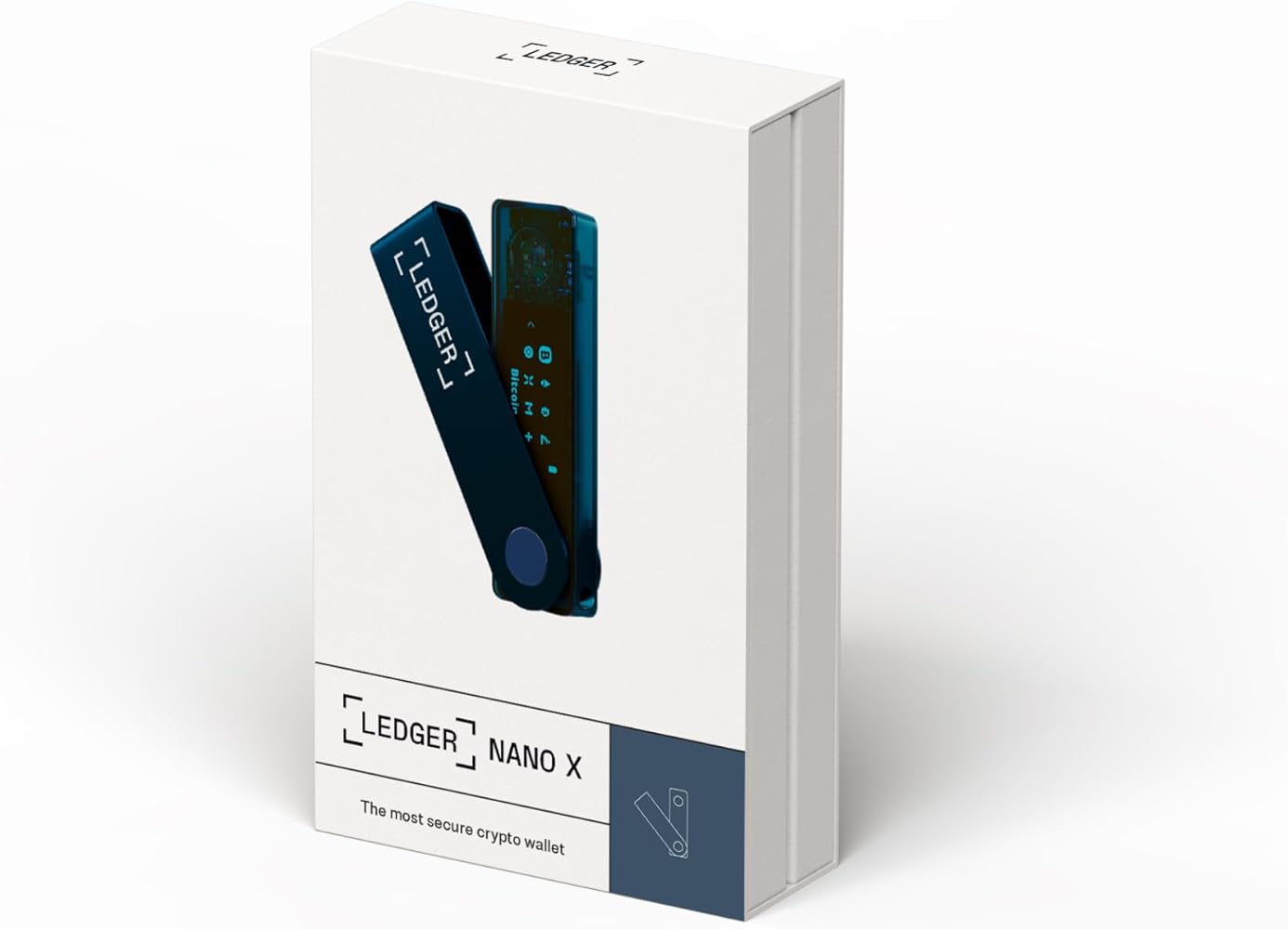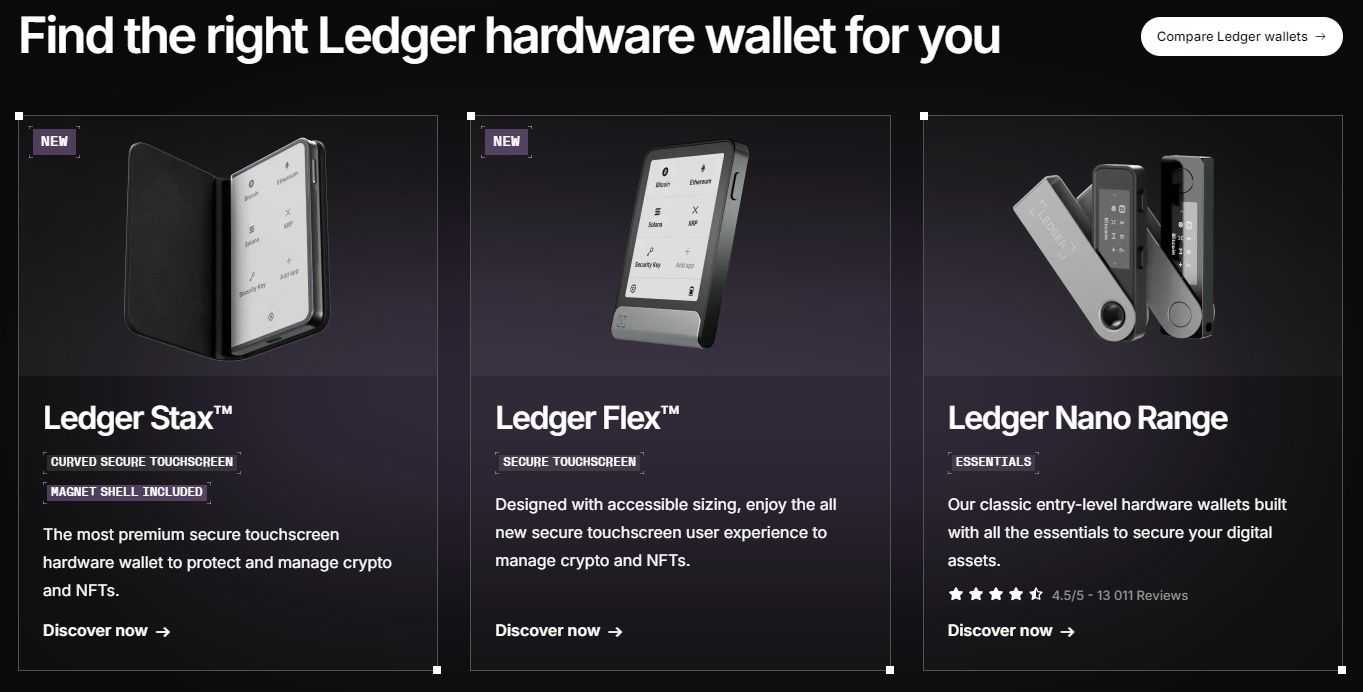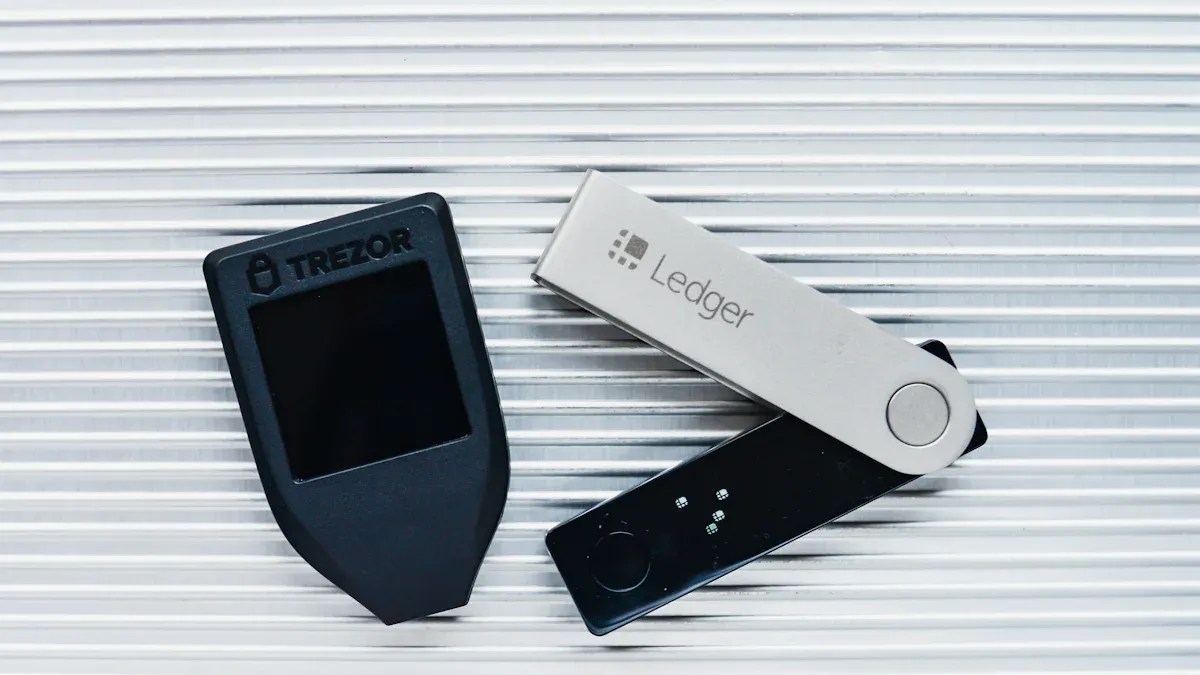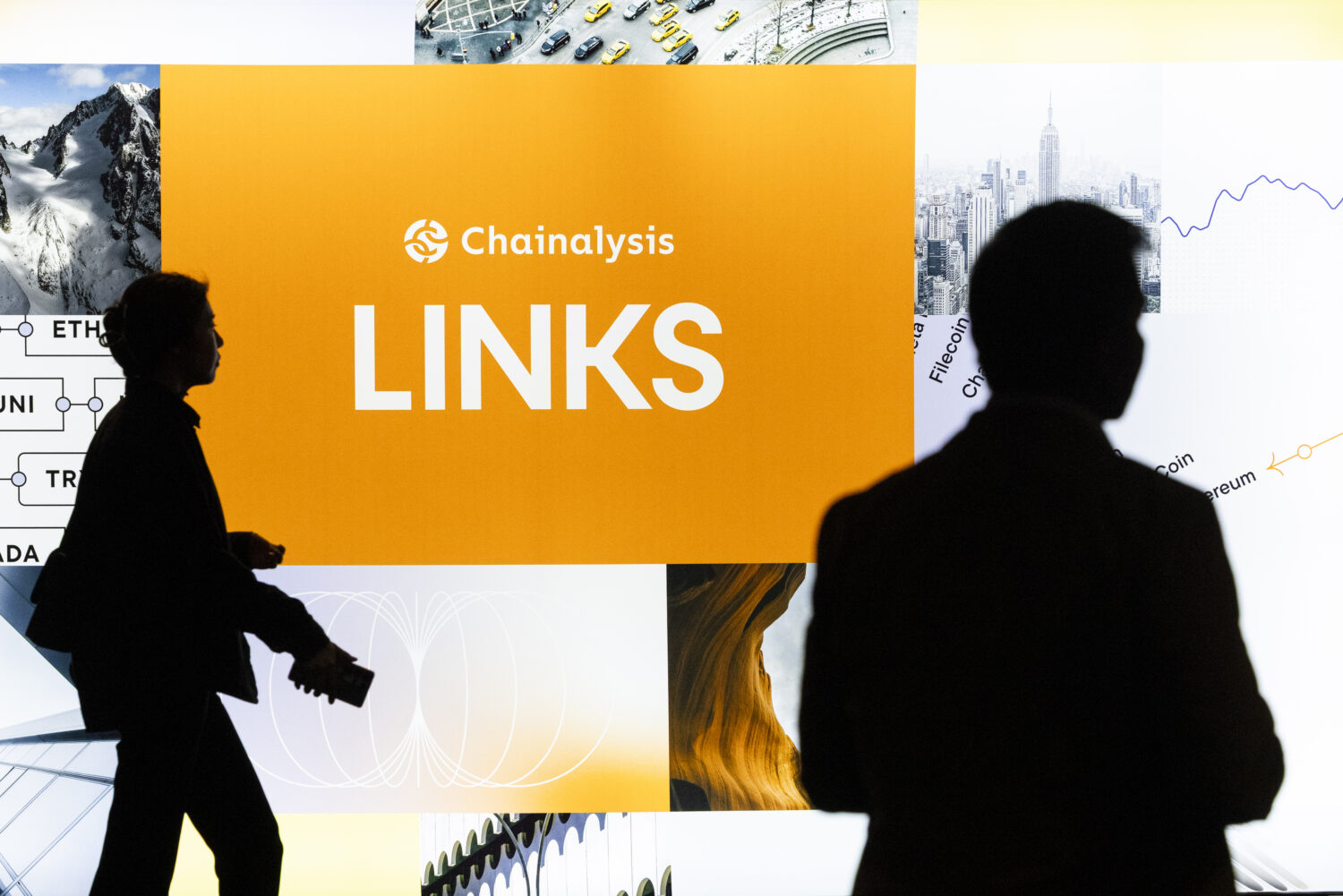In 2025, the world of cryptocurrency has reached a new level of maturity, but with it comes a deeper awareness of risk. The past year alone has seen Bitcoin maintain its position above $100,000, currently trading at $105,653.00. Yet these price milestones have been accompanied by a sobering series of exchange failures that have sent shockwaves through both seasoned investors and newcomers alike. The message is clear: self-custody is no longer an advanced option reserved for the tech-savvy, it is an essential practice for anyone serious about protecting their digital wealth.

Lessons From Recent Exchange Collapses
The vulnerabilities of centralized exchanges have never been more apparent than in 2025. In February, Bybit, a major Dubai-based platform, suffered a catastrophic breach that resulted in the loss of approximately 400,000 Ethereum (ETH), worth around $1.5 billion at the time. Attackers exploited weaknesses in Bybit’s multi-signature wallet system by targeting Safe{Wallet}, a third-party provider. This event rattled even experienced traders who believed that exchanges with robust reputations were immune to such threats.
This was not an isolated incident. Just months later in August, Seychelles-based BigONE lost $27 million after its hot wallet was compromised. While cold storage remained secure, the event underscored how even partial exposure on centralized platforms can lead to devastating losses for users who trust these entities as custodians.
The WazirX hack in July 2024, attributed to the notorious Lazarus Group, resulted in nearly $235 million disappearing from investor accounts. Each headline-grabbing breach reinforces one truth: entrusting your crypto to exchanges exposes you to risks beyond your control.
Why Self-Custody Is Now Core to Web3
The heart of Web3 beats with decentralization and user empowerment. Self-custody means taking personal responsibility for your assets by managing private keys yourself, no intermediaries, no gatekeepers. It is not just about technology; it is about rebuilding trust after years of high-profile failures and financial scandals.
As noted by industry experts and echoed across leading security reports, self-custody protects you from systemic risks that exchanges simply cannot eliminate. When you hold your own keys using hardware or advanced software wallets, you remove single points of failure and greatly reduce your exposure to both external hacks and internal mismanagement.
This shift is not only technical but psychological. For many users who entered crypto during bull runs or “Uptober” rallies, where seasonal trends stoked optimism, it can be tempting to prioritize convenience over security. But as recent events show, awareness must trump complacency; self-custody is now recognized as the foundation for sustainable participation in Web3.
Emerging Security Trends Shaping Crypto Onboarding
The wave of exchange failures has accelerated innovation across the Web3 security landscape. In 2025, several trends are coming into focus:
- Advanced Multi-Factor Authentication (MFA): Modern wallets increasingly require biometric verification or physical security keys alongside passwords for every transaction.
- Zero-Knowledge Proofs (ZKPs): These cryptographic techniques allow users to prove ownership or validity without exposing underlying data, adding privacy without sacrificing transparency.
- AI-Powered Threat Detection: Artificial intelligence now plays a crucial role in identifying suspicious activity before it escalates into full-blown breaches.
- Quantum-Resistant Digital Identities: Innovations like W3ID are being developed to future-proof user credentials against emerging quantum computing threats.
- Zero Trust Frameworks: Protocols are evolving so that no device or user is automatically trusted, every access request must be continuously verified.
This evolution represents more than just technical progress, it signals a cultural shift toward proactive protection and personal sovereignty over digital assets.
For those onboarding into crypto in 2025, these security trends are not abstract concepts but practical necessities. With Bitcoin still holding strong at $105,653.00, the stakes have never been higher. Newcomers and veterans alike must internalize the reality that your assets are only as secure as your custody practices. The days of trusting exchanges to act as vaults are over; now, education and empowerment define the path forward.
Top Self-Custody Wallets & Security Tools for 2025
-

Ledger Nano X: A leading hardware wallet, offering Bluetooth connectivity, robust private key management, and support for thousands of digital assets. Its offline storage protects users from online threats and exchange failures.
-

Trezor Model T: Renowned for its open-source firmware and touchscreen interface, the Trezor Model T empowers users with advanced security features, including passphrase protection and Shamir Backup for enhanced self-custody.
-

MetaMask (with Ledger/Trezor Integration): The most popular Web3 wallet, MetaMask, now offers seamless integration with hardware wallets like Ledger and Trezor, combining user-friendly access to DeFi with the security of cold storage.
-

Safeheron Multi-Sig Wallet: Safeheron provides institutional-grade multi-signature wallets, enabling teams or individuals to require multiple approvals for transactions, greatly reducing the risk of unauthorized access.
-

YubiKey (Physical Security Key): Widely adopted for multi-factor authentication, YubiKey adds a crucial layer of physical security to crypto accounts and wallets, protecting against phishing and unauthorized logins.
-

Authy: A trusted app for two-factor authentication (2FA), Authy supports major exchanges and wallets, making it easy to secure accounts with time-based one-time passwords (TOTP).
-

Zero-Knowledge Proofs (ZKP) in zkSync: zkSync leverages zero-knowledge proofs to ensure privacy and security in Ethereum transactions, allowing users to verify ownership and balances without exposing sensitive data.
-

AI-Powered Threat Detection by Chainalysis: Chainalysis integrates artificial intelligence to monitor blockchain activity, identify suspicious patterns, and help users and institutions proactively defend against evolving threats.
-

W3ID (Quantum-Resistant Digital Identity): W3ID is pioneering quantum-resistant digital identity systems, providing secure authentication and asset management that anticipates future quantum computing risks.
-

dstack Zero Trust Framework: dstack transforms Trusted Execution Environments (TEEs) into Zero Trust platforms, enabling secure, decentralized application deployment and enhanced protection for Web3 users.
Practical Steps: How to Embrace Self-Custody Safely
The transition to self-custody can feel daunting, especially for those used to the simplicity of exchange accounts. However, modern wallet interfaces, onboarding guides, and community support have made this leap more accessible than ever. The key is a step-by-step approach that prioritizes learning and vigilance.
Start by researching reputable hardware or software wallets that support advanced MFA and backup features. Take time to understand how private keys work, never share them, never store them online. Write down your recovery phrase on paper or a dedicated offline device. Explore multi-sig options if you’re managing significant assets or operating within a team.
Remember: security is not a one-and-done task but an ongoing mindset. Regularly update your wallet firmware, monitor for suspicious activity using AI-powered alerts where available, and stay informed about new threats or wallet vulnerabilities. Community forums and educational resources can be invaluable allies in this journey.
Redefining Trust in Crypto’s Next Chapter
The events of 2024-2025 have redefined what it means to trust within crypto markets. No matter how sophisticated exchange defenses become, the lesson is clear provides personal responsibility is irreplaceable. Self-custody puts you at the center of your financial destiny; it transforms you from a passive account holder into an active steward of your digital future.
This ethos aligns perfectly with Web3’s vision: networks where individuals own their data, control their assets, and participate directly in governance without intermediaries dictating terms or introducing points of failure.
Checklist: Are You Ready for Crypto Self-Custody?
As we look ahead, whether Bitcoin remains at $105,653.00 or enters new territory, the imperative remains unchanged: safeguard what you’ve earned by owning your keys. Let recent history be both warning and inspiration as you chart your path through the evolving world of digital assets.








